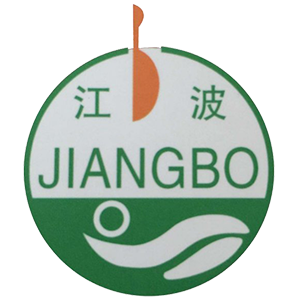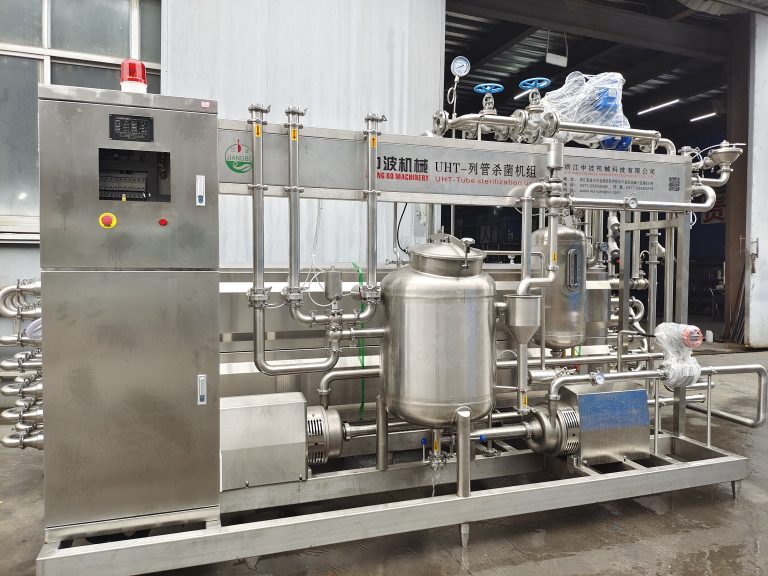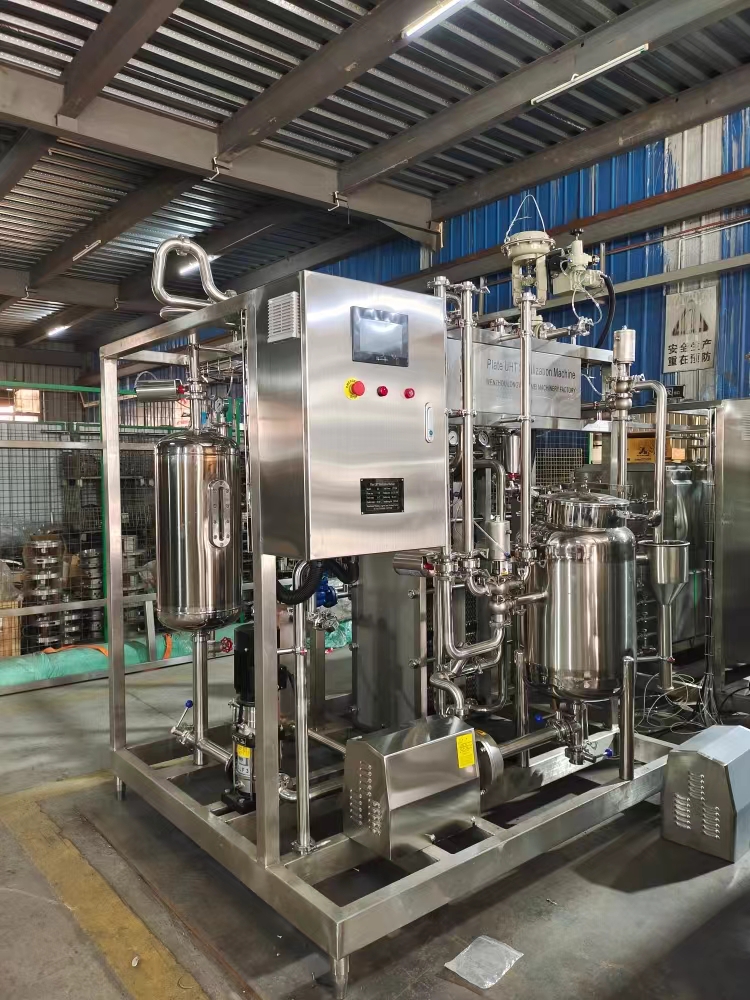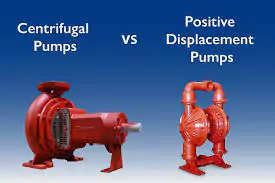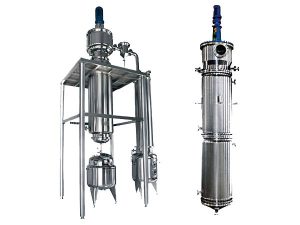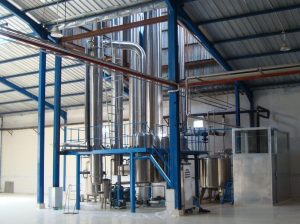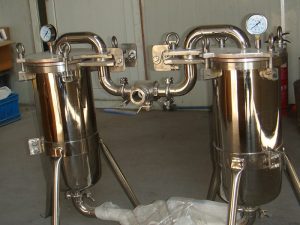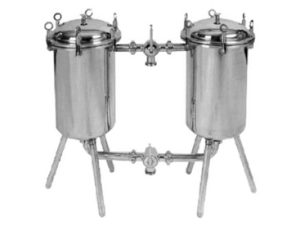Evaporation processes are critical in many industries, including pharmaceuticals, chemicals, food processing, and more. Two popular types of evaporators, the thin film evaporator and the falling film evaporator, are widely used for liquid separation and concentration.
Although both are highly efficient in their operations, their design and functionality cater to different needs. In this blog, we will compare thin film evaporators and falling film evaporators, highlighting 8 key differences to help you choose the right evaporator for your processes.
What Is A Thin Film Evaporator?

A thin film evaporator is a device that uses a rotor or wiper system to spread the liquid feed into a thin film on a heated surface. This design maximizes heat transfer efficiency, making it ideal for heat-sensitive materials, especially those with high viscosity or solid content. Thin film evaporators operate under vacuum conditions, ensuring that even delicate substances, such as pharmaceuticals or food extracts, are evaporated at lower temperatures, minimizing the risk of degradation.
What Is A Falling Film Evaporator?
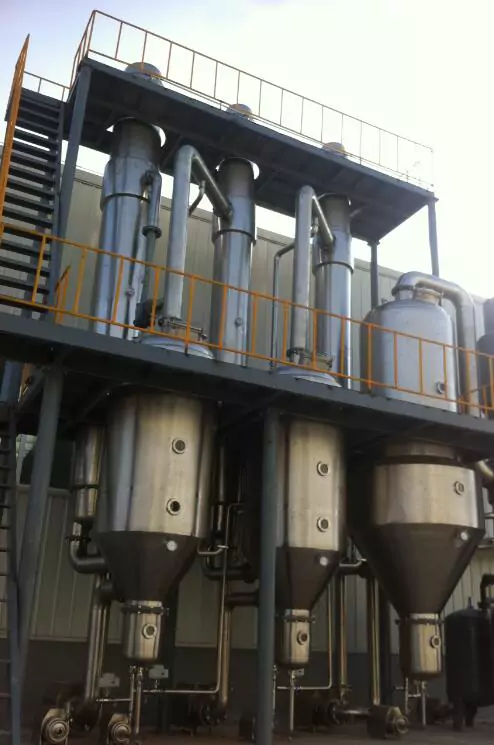
A falling film evaporator operates by distributing the liquid feed at the top of a vertical tube bundle or plate, allowing gravity to cause the liquid to flow down the heated surface, forming a thin film. This design works best with less viscous liquids and is suited for large-scale evaporation processes. Falling film evaporators are commonly used in industries that require high-volume evaporation, such as desalination, juice concentration, and chemical manufacturing.
Thin Film Evaporator vs Falling Film Evaporator: 8 Differences
| Factor | Thin Film Evaporator | Falling Film Evaporator |
|---|---|---|
| Working Principle and Efficiency | Uses wiper/rotor to spread liquid into a thin layer for higher heat transfer efficiency. | Uses gravity to form a liquid film flowing down the heated tube, suitable for large-scale operations. |
| Residence Time | Short residence time for rapid evaporation. | Longer residence time due to gradual flow, less suitable for heat-sensitive materials. |
| Application Areas | Ideal for pharmaceuticals, fine chemicals, and food processing, especially for small to medium volumes. | Best for large-scale applications like desalination, juice concentration, and dairy products. |
| Influence on Products | Delicate on products, ensuring minimal heat exposure. | May affect product quality due to longer exposure and mechanical stress. |
| Operation Difficulty | Requires skilled operators due to complexity. | Easier to operate with fewer moving parts, suitable for continuous operations. |
| Viscosity Handling | Designed for high-viscosity liquids. | Best suited for low-viscosity fluids, not ideal for thicker liquids. |
| Heat Transfer Efficiency | High heat transfer efficiency due to increased surface contact. | Effective but less efficient heat transfer, suitable for large volumes. |
| Maintenance Requirements | Requires more maintenance due to moving parts (e.g., wiper). | Fewer moving parts, simpler maintenance, and more robust. |
Working Principle and Efficiency
-
Thin Film Evaporator: In a thin film evaporator, the liquid is spread into a thin layer across the heated surface using a mechanical wiper or rotor. This increases the contact area between the liquid and the heated surface, resulting in higher heat transfer efficiency. This design is excellent for processing heat-sensitive materials that need rapid evaporation without overheating.
-
Falling Film Evaporator: In contrast, a falling film evaporator uses gravity to allow the liquid to form a film as it flows down the heated tube. The evaporation process is slower compared to the thin film evaporator, but it is still efficient for large-scale applications.
Residence Time
-
Thin Film Evaporator: One of the advantages of thin film evaporators is the short residence time. The thin film’s rapid movement across the surface ensures quick evaporation, which is particularly important for materials that are prone to degradation if exposed to heat for too long.
-
Falling Film Evaporator: The residence time in a falling film evaporator is typically longer since the liquid flows down the surface gradually. While this allows for steady evaporation, it may not be as efficient for heat-sensitive materials that require shorter exposure times.
Application Areas
-
Thin Film Evaporator: Thin film evaporators are widely used in industries where product quality is critical, such as pharmaceuticals, fine chemicals, and food processing. They are ideal for processing small to medium volumes of heat-sensitive, high-viscosity liquids.
-
Falling Film Evaporator: Falling film evaporators are typically used for large-scale evaporation, especially when dealing with liquids of lower viscosity. Applications include desalination, juice concentration, sugar solutions, and dairy products, where high evaporation rates and large volumes are necessary.
Influence on Products
-
Thin Film Evaporator: The thin film evaporator is more delicate on products, especially in the pharmaceutical industry, where maintaining the integrity of active ingredients is critical. Its ability to reduce heat exposure ensures that the product remains as pure and effective as possible.
-
Falling Film Evaporator: While falling film evaporators are efficient for large-scale operations, the longer exposure time and the mechanical stress involved in the process may influence the quality of the product, especially in applications requiring precise control over temperature and residence time.
Operation Difficulty and Experience Required
-
Thin Film Evaporator: Operating a thin film evaporator requires more expertise and experience due to its complexity. The wiper mechanism and the precise control over heat transfer require skilled operators who can adjust settings based on the material being processed.
-
Falling Film Evaporator: Falling film evaporators are generally easier to operate compared to thin film evaporators. Their simpler design, with fewer moving parts, reduces the need for specialized knowledge and allows for more straightforward operation, making them suitable for continuous, high-volume operations.
Viscosity Handling
-
Thin Film Evaporator: Thin film evaporators are specifically designed to handle high-viscosity liquids. The wiper mechanism ensures that even viscous liquids are spread evenly across the surface for efficient evaporation.
-
Falling Film Evaporator: Falling film evaporators perform best with low-viscosity fluids. The gravity-driven flow may not be effective for handling thicker liquids or those with solid content, which can cause blockages or uneven flow down the tubes.
Heat Transfer Efficiency
-
Thin Film Evaporator: Thin film evaporators are known for their high heat transfer efficiency due to the increased surface area contact between the liquid and heated surface. This results in faster evaporation and better heat exchange.
-
Falling Film Evaporator: Falling film evaporators utilize convective heat transfer, which is effective but may not provide the same level of heat transfer efficiency as thin film evaporators. They are better suited for processes requiring large volumes of fluid but not as focused on precise, high-efficiency heat transfer.
Maintenance Requirements and Equipment Complexity
-
Thin Film Evaporator: Thin film evaporators generally require more maintenance due to their mechanical components, such as the rotor or wiper system. Regular checks and servicing are needed to ensure optimal performance and to prevent wear on moving parts.
-
Falling Film Evaporator: Falling film evaporators are simpler in design, with fewer moving parts. As a result, they generally require less maintenance and are more robust, reducing operational downtime and complexity.
Conclusion
Choosing between a thin film evaporator and a falling film evaporator depends on your specific needs and the nature of the material you’re processing. Thin film evaporators are perfect for high-viscosity, heat-sensitive liquids where precise control and high heat transfer efficiency are required. On the other hand, falling film evaporators are ideal for large-scale evaporation of low-viscosity fluids, offering lower energy consumption and simpler operation.
By understanding the 8 key differences between thin film and falling film evaporators, you can make an informed decision that best suits your application, improving both efficiency and product quality.
